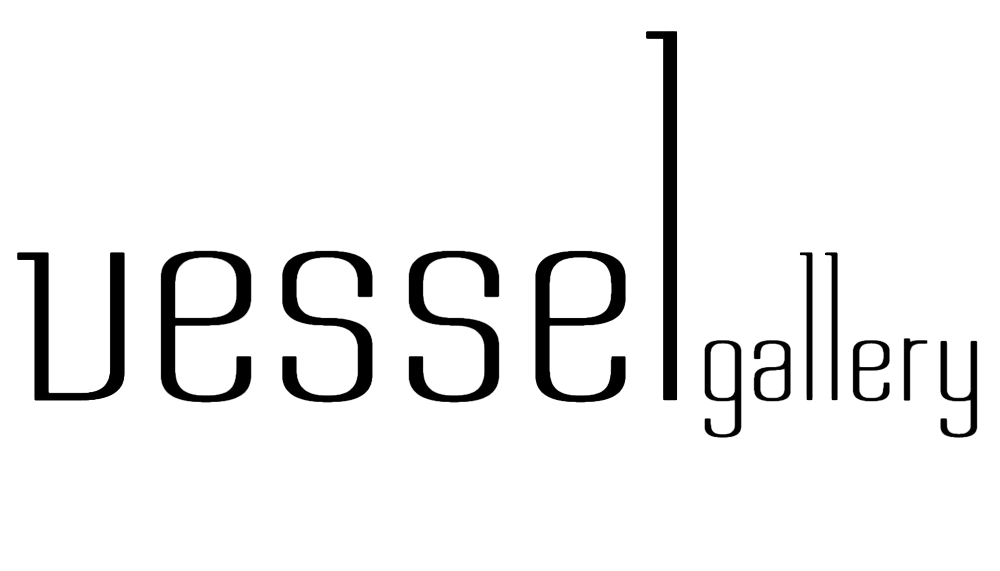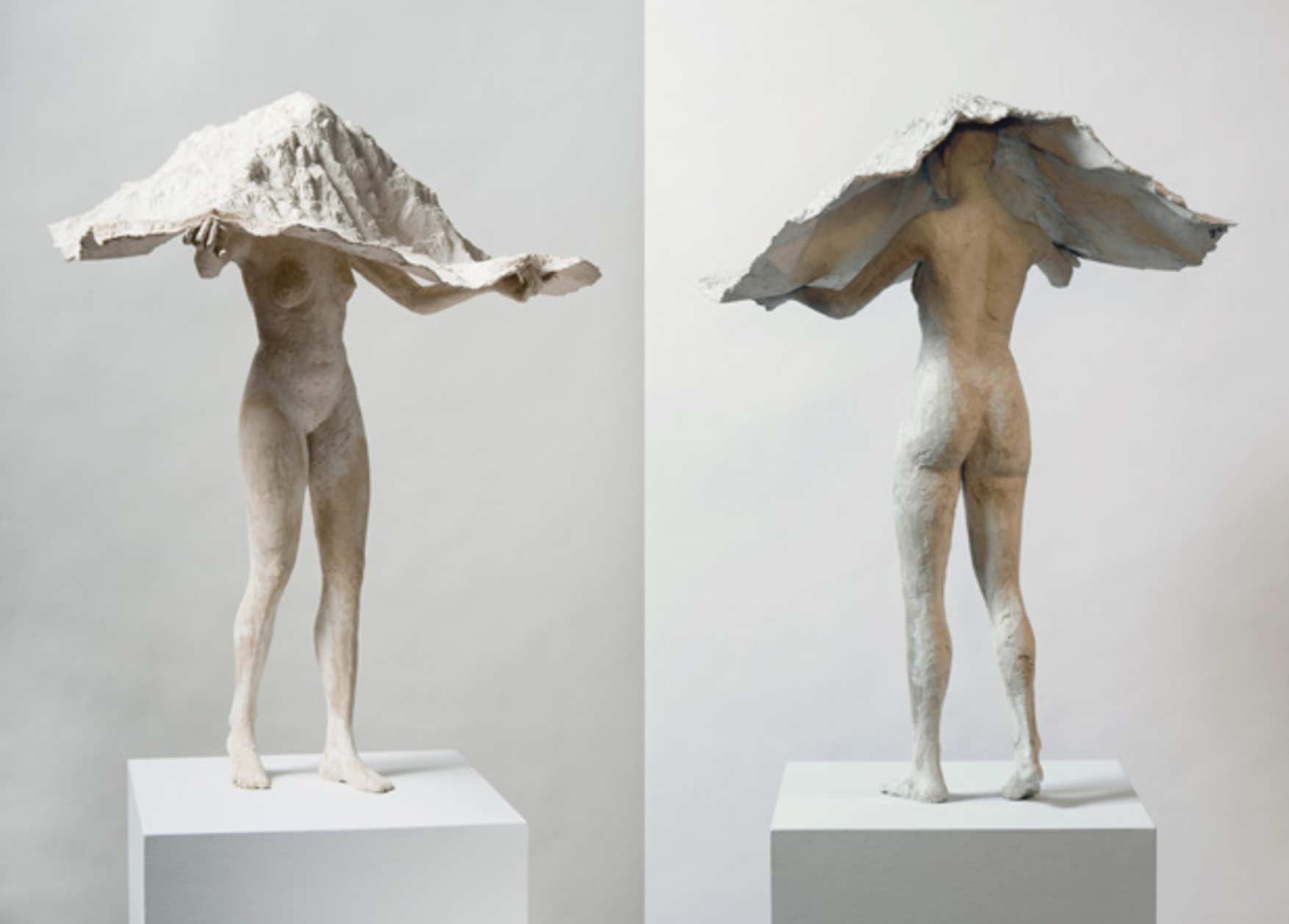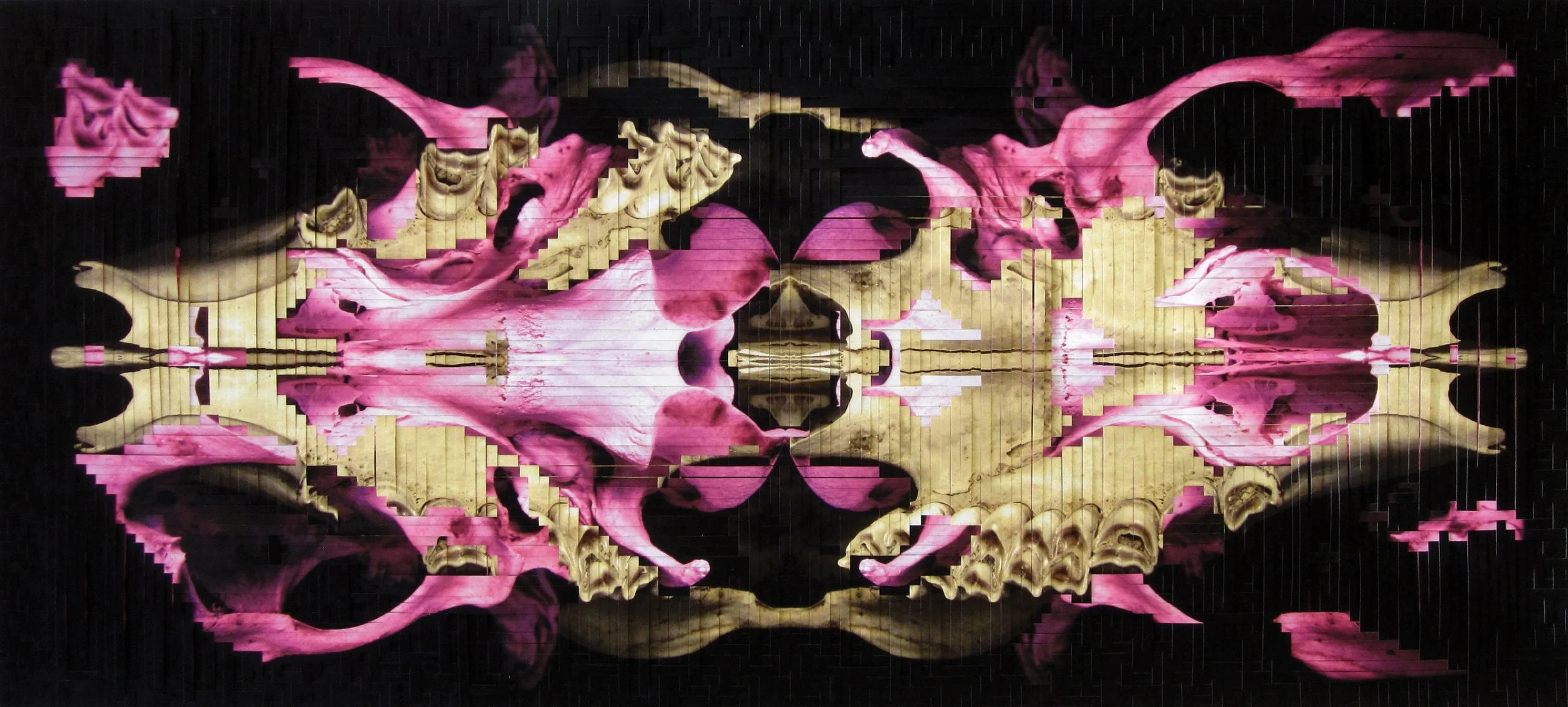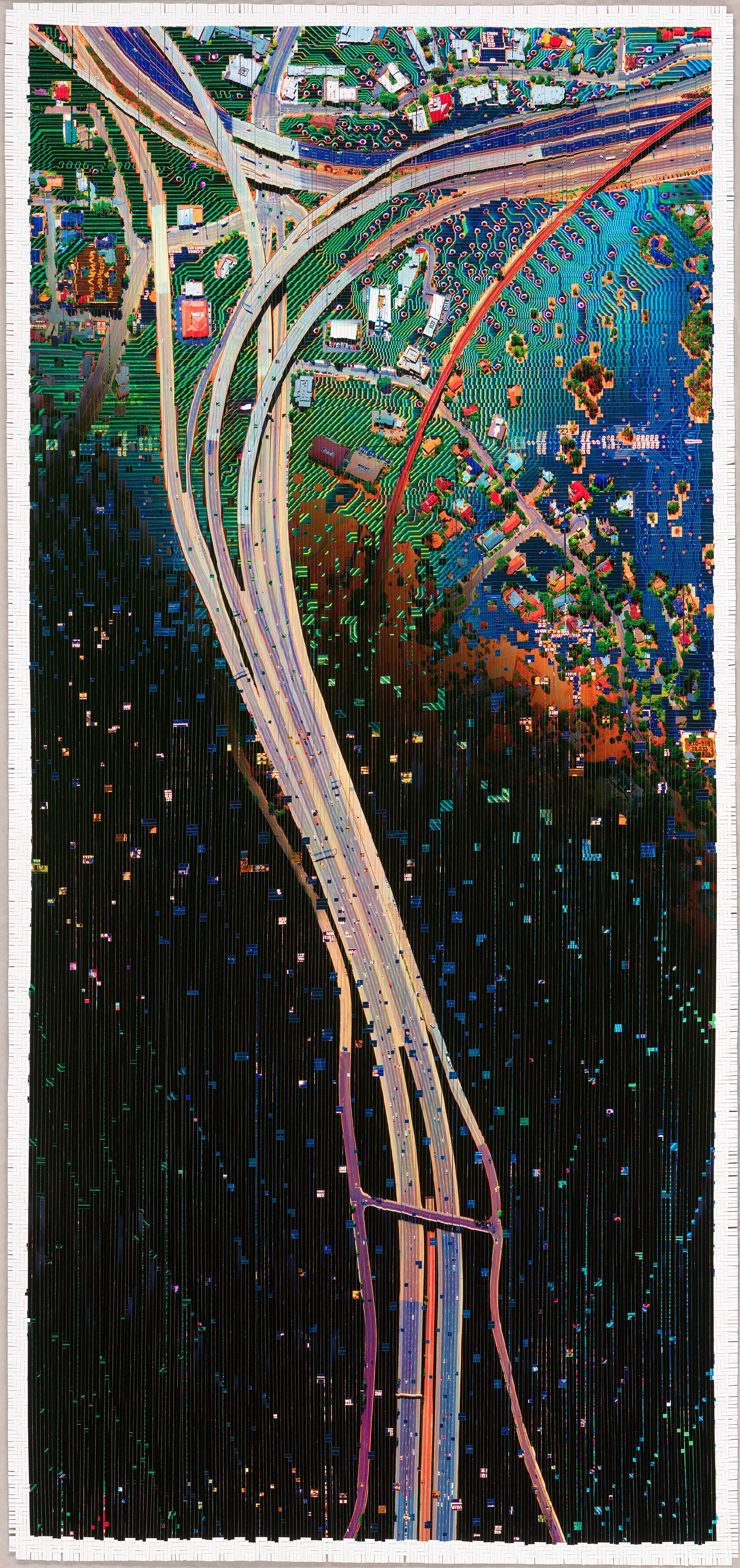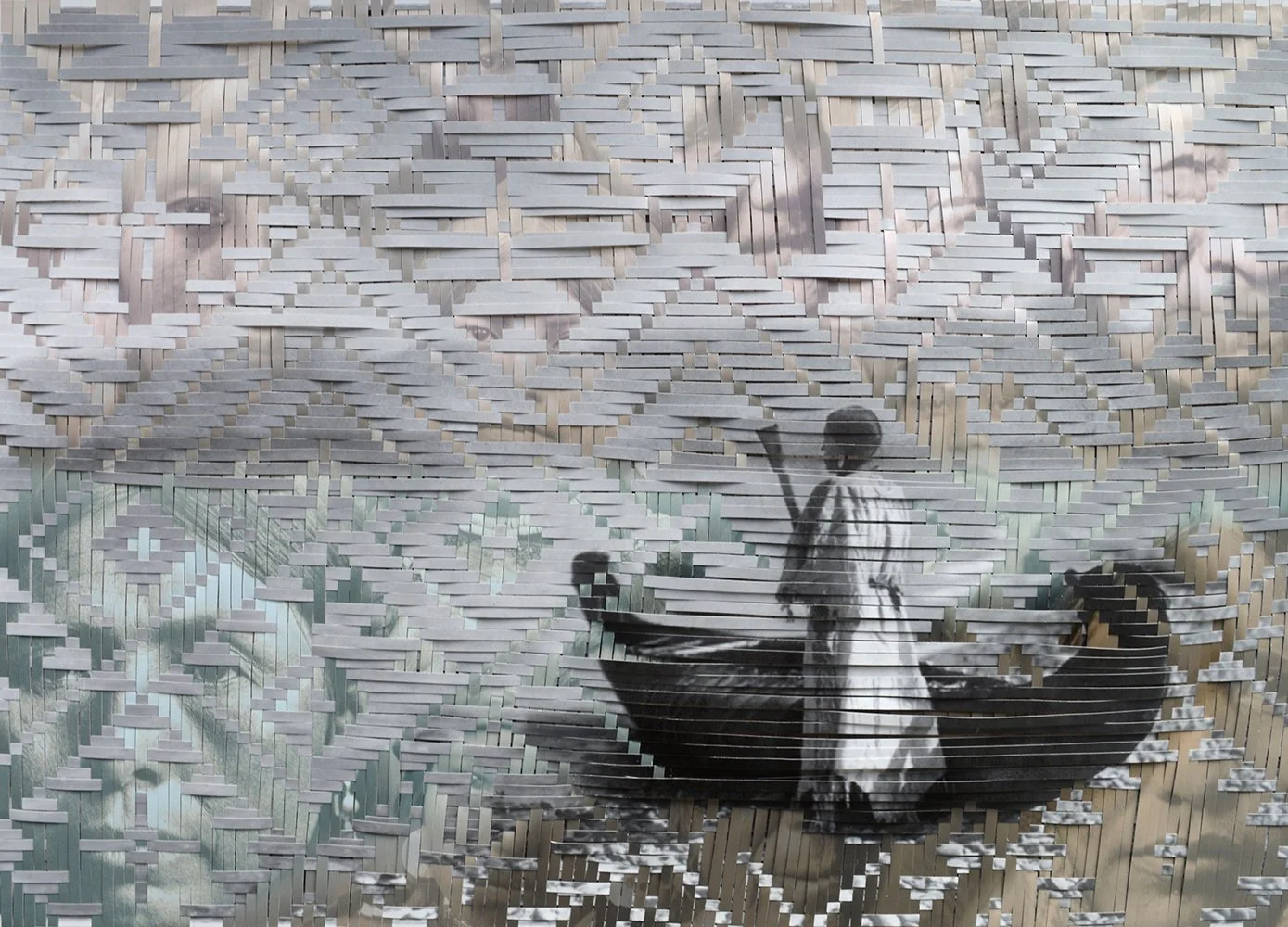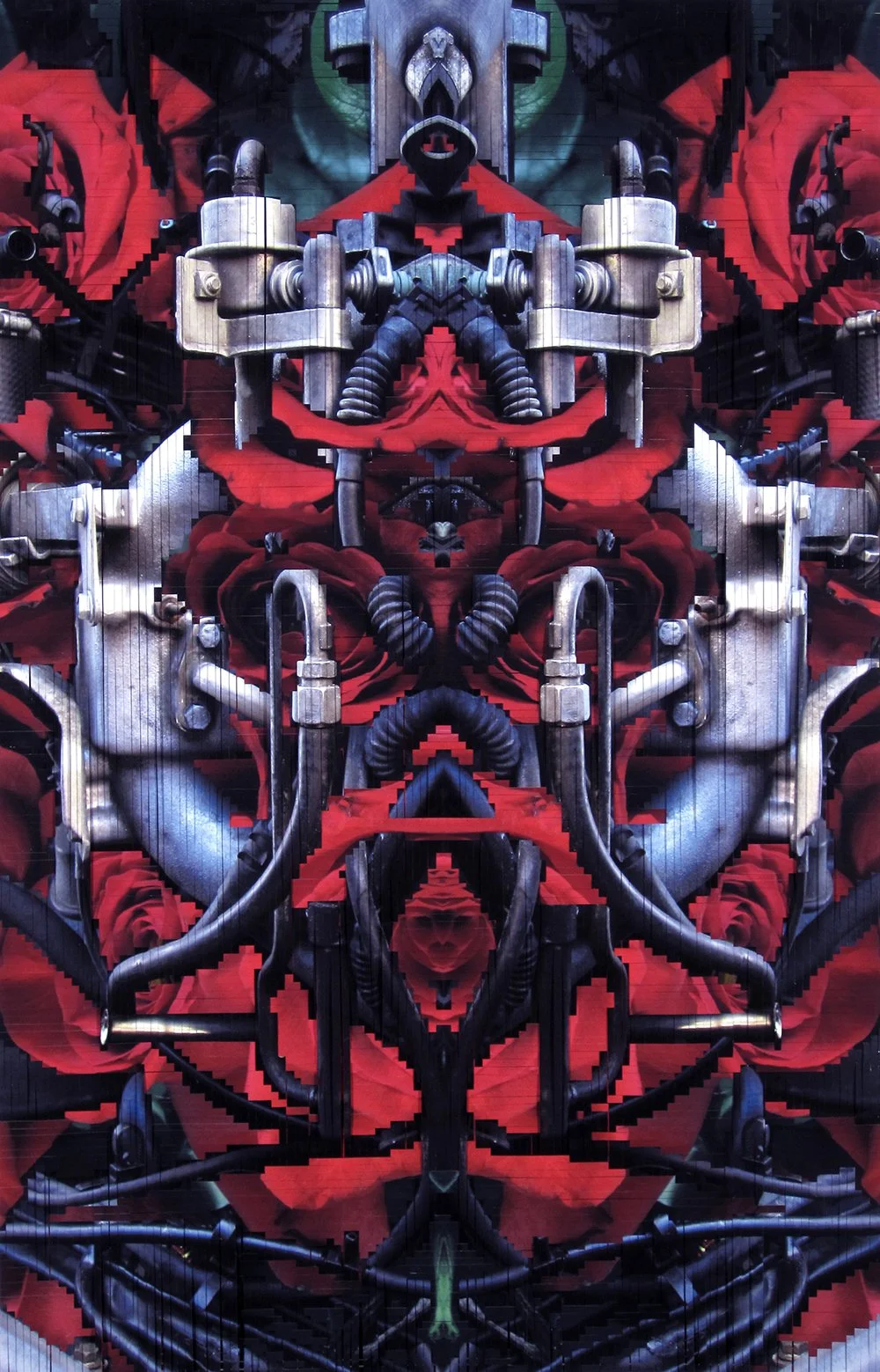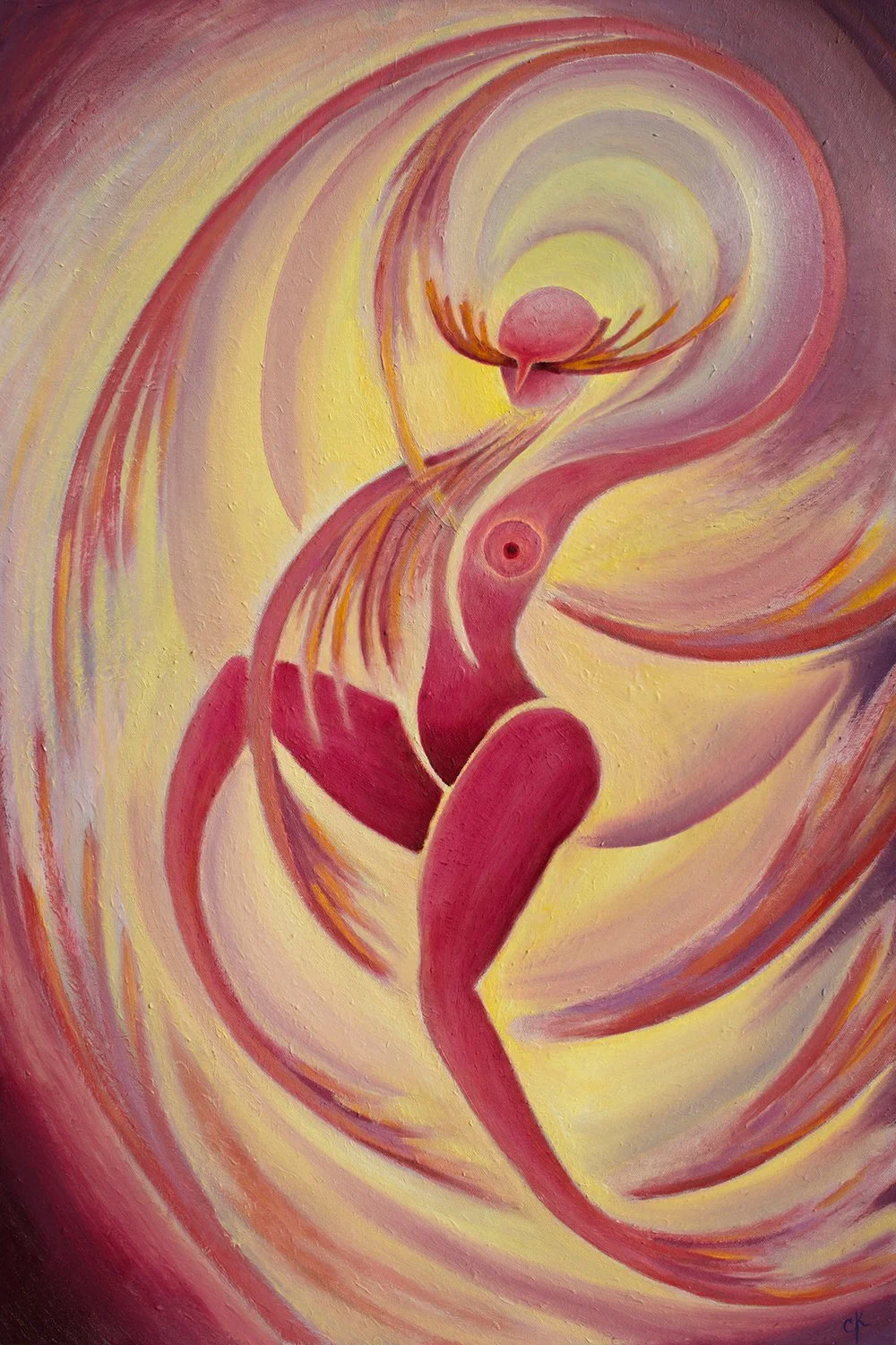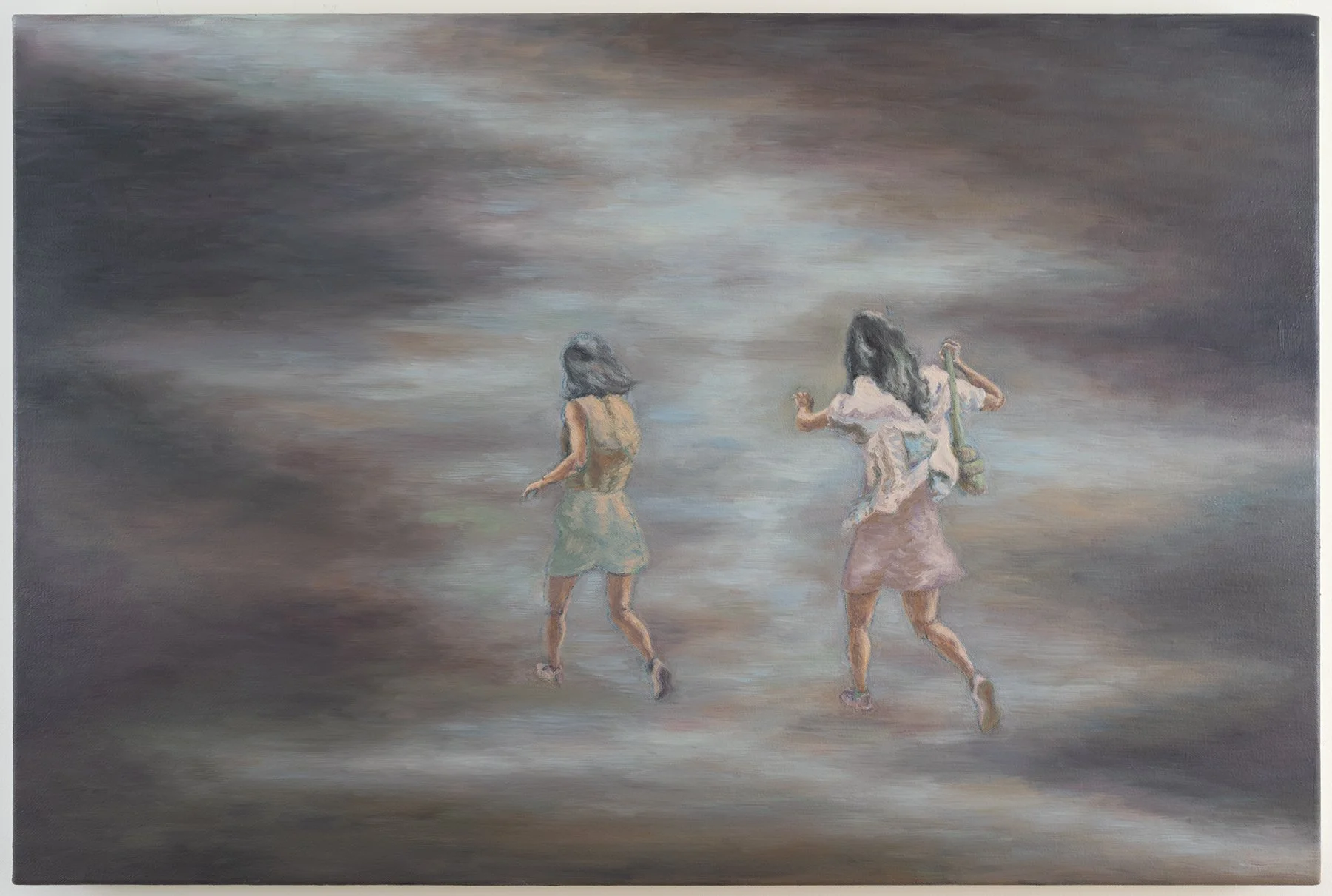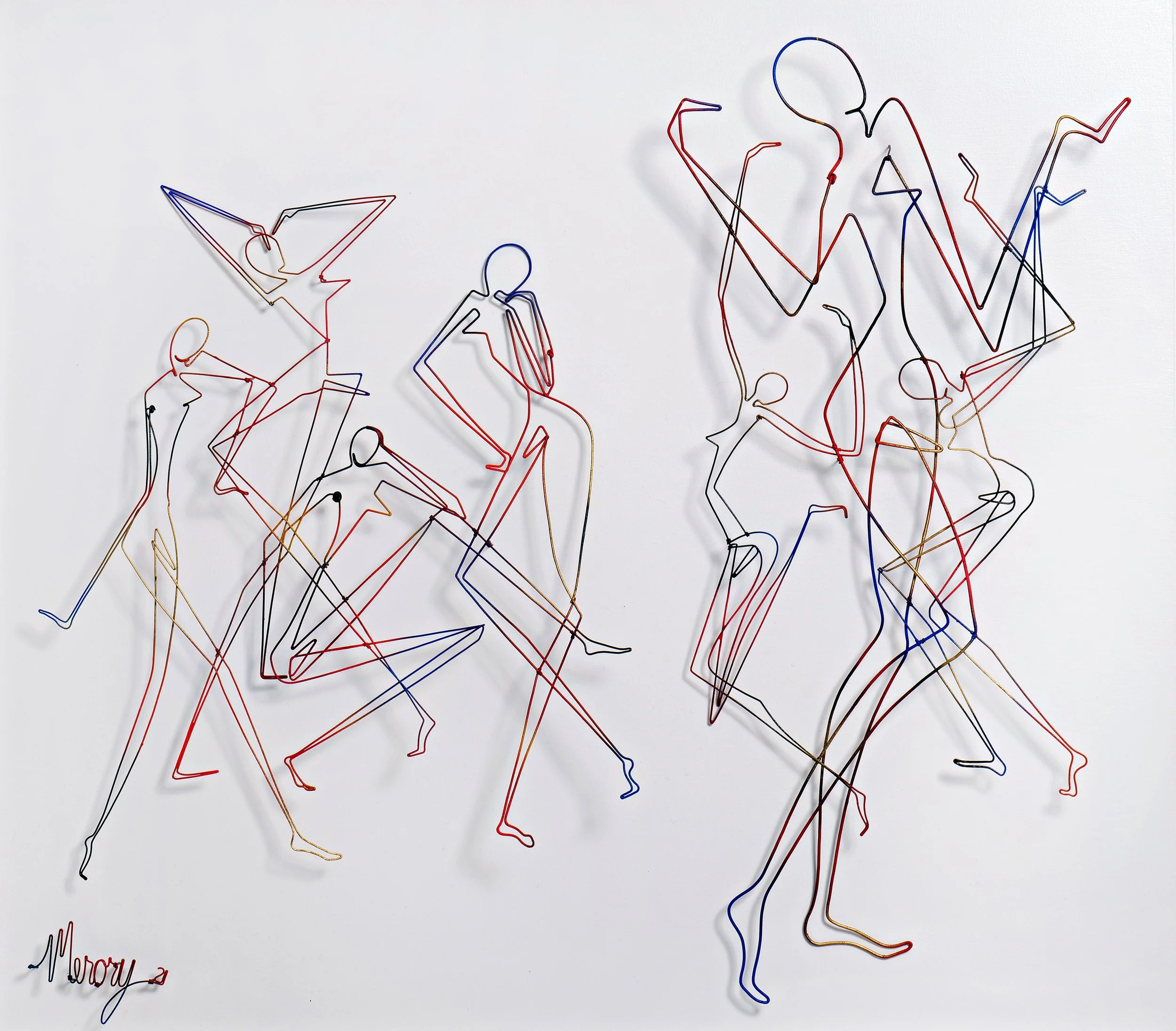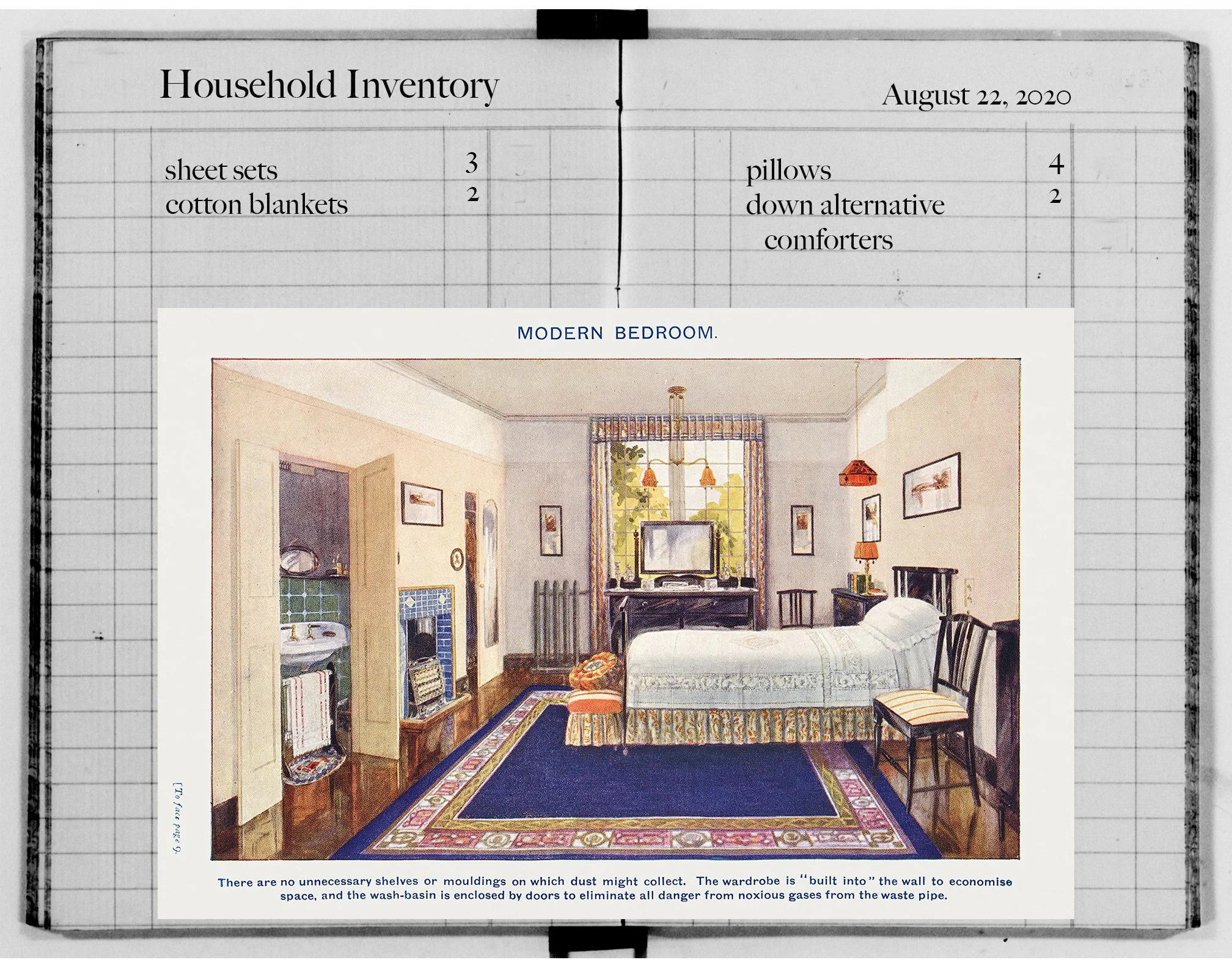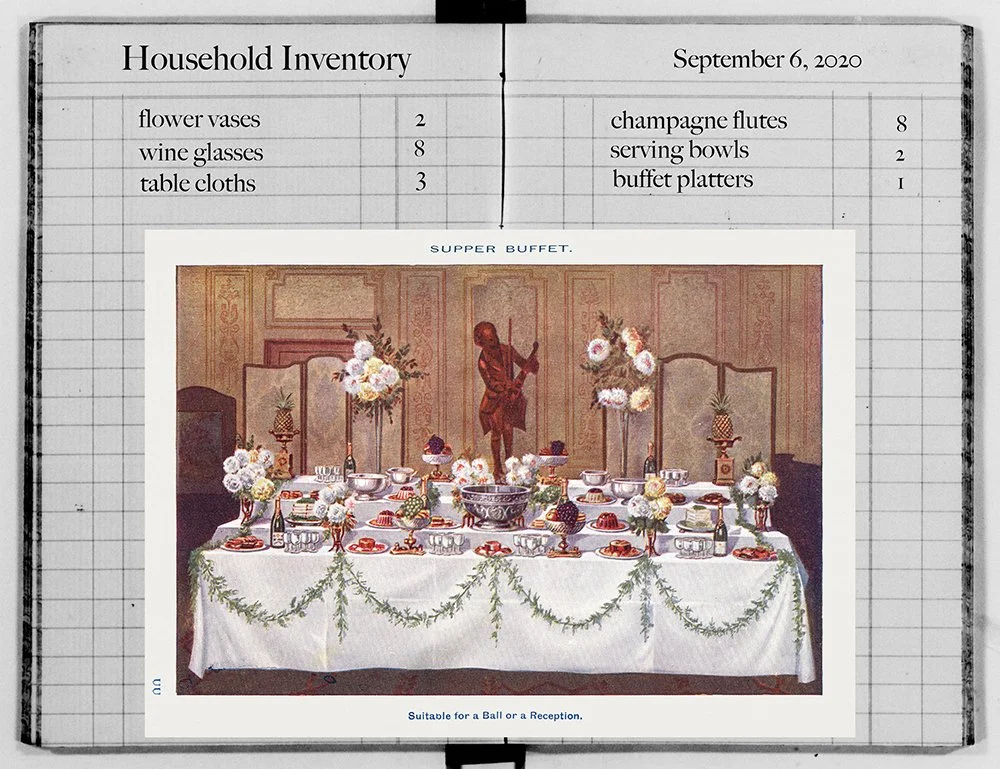March 4, 2023, Ongoing
Cherisse Alcantara, Pamela Merory Dernham, Cheryl Patrice Derricotte, Christy Kovacs, & Cyrus Tilton
The “F” Show presents five artists' works that look at feminism's past, present, and future as radical energy to protect, preserve, and uphold the progress made thus far, affirming art's ability to advance and transform us to live dreams of equity.
Vesuvius (2013) by Cyrus Tilton | 31 x 24 x 20 in. | Paper mache Available to collect, click to inquire about pricing
Click the photos below for an enlarged view. Click X in the upper right corner to return to the exhibition.
* When viewing on a mobile device, click on the white dot in the bottom right corner for details.
Mollusk (2015) by Christy Kovacs | 19 x 40.5 in. | Archival pigment print < collect artworks by the artist
Click the photos below for an enlarged view. Click X in the upper right corner to return to the exhibition.
* When viewing on a mobile device, click on the white dot in the bottom right corner for details.
Runaways 2 (2017) by Cherisse Alcantara | 24 x 36 in. | Oil on canvas < collect artworks by the artist
Click the photos below for an enlarged view. Click X in the upper right corner to return to the exhibition.
* When viewing on a mobile device, click on the white dot in the bottom right corner for details.
Surfaces and Depths #2 (2013) by Pamela Merory Dernham | 22 x 25.5 in. | Acrylic gels on paper < collect artworks by the artist
Click the photos below for an enlarged view. Click X in the upper right corner to return to the exhibition.
* When viewing on a mobile device, click on the white dot in the bottom right corner for details.
Pandemic Bookkeeping 1: Modern Bedroom (2020) by Cheryl Patrice Derricotte | 11 x 14 in. | Giclee Print, 100% Cotton Archival Rag < collect artworks by the artist
Click the photos below for an enlarged view. Click X in the upper right corner to return to the exhibition.
* When viewing on a mobile device, click on the white dot in the bottom right corner for details.
The “F” Show | Curator Statement by Lonnie Lee
FEMINISM (with a capital “F”) is the topic of this collection of generative artworks, and their conversations will not be reduced to a month, but discussed and heralded all year long. However, the concentration of highlighting so many issues and causes affecting women globally are at the fore every March, and feminism's thought - a commitment to activism - is a strong and unifying force that is needed now, and - frustratingly - again. In this context, Vessel Gallery has curated works by artists that move and activate our minds in a wider, more expansive context than that of a single time or show. And beyond its usual ability to enlighten the human spirit, offer support, or inspire, art can activate calls to action toward the necessary work, policies, and political structures that affect all of us.
Today, it is as essential that we create and engage with art as radical energy to protect, preserve, and uphold the progress made thus far, as it is to affirm art’s ability to advance and transform us from the forces that try to keep us from living dreams of equity in all ways large and small. Each and every interpersonal act, from our immediate communities to the worldwide village, must move in support of the ongoing fight against an age-old patriarchy and for greater social, economic, and political equity, and protection of the marginalized. In this way, art affirms and supports the work of individuals, activists, and organizations who protect and ensure justice and freedom for all, envisioning a fair and equitable world in which to safely thrive and grow.
Fourth-wave feminism seeks greater gender equality by focusing on gendered norms and the marginalization of women in society. These artists’ works are included as they reflect qualities of fourth-wave feminism.
Fourth-wave feminism became a movement for women to share stories of abuse, harassment, violence, objectification, and sexism. The internet and social media, key features of the fourth wave, provided the opportunity to be heard around the world in a matter of seconds, and the possibility to talk freely about these topics on their terms. This shared storytelling exposed the magnitude of the problem and its prevalence.
The fourth wave emphasizes intersectionality and interlocking systems of power, and how these contribute to the social stratification of both traditionally marginalized groups (such as people of color and trans people), as well as both women AND men. Fourth-wave feminists advocate (like earlier feminists) for greater representation of marginalized groups in politics and business, equal pay for equal work, and that the equal opportunities sought for girls and women should extend also to boys and men in order to overcome gender norms.
In “Trapezium,” Pamela Merory Dernham’s figures suggest an idea of collectively embracing a social ideal that it is possible to create equity where gender barriers no longer exist; a shared experience where racial prejudices and gender norms of the past are no longer gatekeepers to the growth and possibility of all human beings, and imagining a world removing such barriers to unify peoples through shared values and common goals. The artist shares “the figures are an external representation of what is in all of us, in that we are all a variable combination of what are considered ‘female’ and ‘male’ characteristics using breasts and penises to stand in for leadership, ambition, empathy, nurturing, science skills, math skills, etc. Every one of us is a sliding scale of characteristics. It’s not so much about sexuality as it is about who each person is, and not attributing the work to masculinity or femininity.” Merory Dernham’s “Surfaces and Depths” are joyful and represent collaboration, as well as community; essential ingredients of feminist practice.
Christy Kovacs’ "Downstream" contemplates how our presence in the technological age and the environment it creates affect future generations. What does our not-too-distant future look like through the eyes of feminist thought? We need to recognize how the feminist perspective on learning technology is a deeply embedded, conflicted, multi-faceted, intersectional and intergenerational practice that spans a time longer than the digital revolution. Kovacs asks the viewer “What is the effect of technology on all of us - individually and as a whole?” Kovacs’ “Mechanical Heart” is a reminder of the power to lead with heart centered love, and to persevere.
“Kutenai Woman Calling On Her Female Ancestors” takes the viewer on a journey to the past to call upon the wisdom of ancestors, while “Pink Rose (with Hawk Skulls)”, “The Bone Queen” and “Mollusk” take symbols of bones and create newly imagined life forms of the future.
Cheryl Derricote’s “Pandemic Bookkeeping Series” re-presents our history and how black enslaved and indentured peoples were treated, yet made advancements in human healthcare. Studying the imposed limits on black women’s bodies and spirit (as inspired by Clara Barton) reminds us that their persistence in the face of years of adversity and injustice is a marker of their fortitude, and speaks to present day issues facing black women - inequality of healthcare, barriers to leadership roles - and their continued resilience, shown in the strong turn out at the polls and their enlightened political leadership.
Derricotte shares ”My art practice brings historical images into contemporary dialogues. Clara Barton, the revered Civil War nurse, and best known as the founder of the American Red Cross, kept a journal, one blank page of which was an inspiration jin this series, along with the images in the 1861 British classic Mrs. Beeton’s Book of Household Management. Unlike Clara Barton, Isabella Beeton devoted herself to her husband and domesticity. It should be noted that a significant portion of this book details how to hire and manage servants!
It is not lost on me that I would occupy the position of a servant on either side of the Atlantic “pond” in the 1860s, and this year, 2020, has often felt as if I awoke in a Dickens novel in the middle of the Civil War. Yet today, like many women, I am required to embody both Clara and Isabella: focused career woman (serving society), and a goddess of domesticity (understated beauty with a well-appointed home). "Pandemic Bookkeeping“ shares an assessment of how I stack up against the standards of running a Victorian/Civil War-era middle class household that haunts us today. Like it or not, I am occupying the precariously demanding positions of mistress, housekeeper, and cook. Clearly I have enough bed pillows, but really, only two demitasse spoons? This is my plague journal. I am counting.” Do Dericotte’s prints remind us of the struggle endured, and keep us focused on the work ahead? The answer is yes they do.
In Cyrus Tilton’s sculpture “Vesuvius" a female figure holds a blanket - or holds up the mountain - possibly taking shelter from the eruption of overt inequities in society, as well as the deluge of injustice. The Vesuvius eruption covered the entire city of Pompeii in ash and pumice. Is the figure suspended in a statuesque gesture frozen in a moment in time? What are the ideas and advancements on feminism encapsulated here, and what is the state of equity? What is the magnitude of adversity we face, the mountains we have climbed? What protections do we need to reach freedom? Does her figure represent an ideal of advancing in forward motion? This work has endless entry points in the context of contemplating feminism in 2023. Looking at Tilton’s “Siren” - does the layered, cloud-like figure with a megaphone symbolize a feminist call to action? Considering “Georgia” - Tilton’s ode to Georgia O’Keefe, certainly a woman trailblazer of our time - does this surrealist jawbone and human figure combination hold a greater opportunity to re-interpret the history of female oppression and the movement surpassing it?
Oil paintings by Cherisse Alcantara show figures in atmospheric imagined spaces. The artist is interested in women taking on active roles. Looking at “The Circle”, women are painted in a circular composition appearing to be collaborating, planning. In both “Pathways 1” and “Runaways 2” figures are in forward action towards hopeful light. Are they on their way in search of transformation?
CLICK BOOK NOW TO SCHEDULE AN IN-PERSON OR VIDEO CHAT APPOINTMENT
